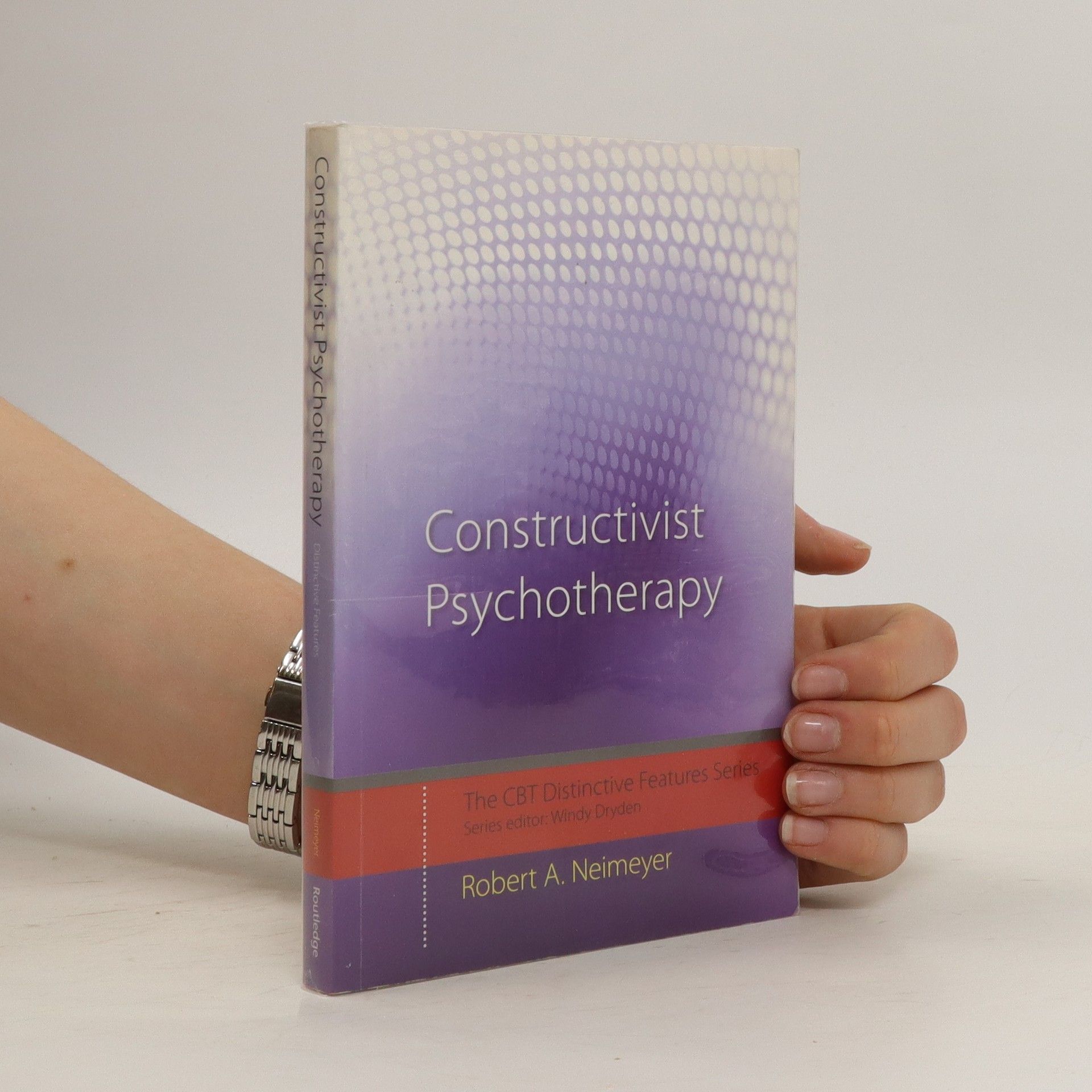Die Konstruktivistische Psychotherapie (KPT) setzt bei der Bedeutung an, die Klienten ihrer Welt zuschreiben, und nutzt die Analyse solcher Zuschreibungen zur Behandlung von psychischen Problemen. Als eine Form der postmodernen Psychotherapie entlehnt sie Elemente aus verschiedenen therapeutischen Traditionen und macht diese produktiv, indem sie insbesondere nach der Konstruktion von Identität und Lebensnarrativen fragt. In diesem Buch werden die theoretischen Grundlagen der KPT und ihre wichtigsten Behandlungsprogramme aus der Praxis knapp und dennoch fundiert vorgestellt. Mit diesem zweiten Band unserer neuen Reihe „Therapeutische Skills kompakt“ ermöglicht Robert A. Neimeyer „ interessierten Kandidaten und Praktikern eine sichere Passage durch das gelegentlich beängstigende postmoderne Terrain“.
Robert A. Neimeyer Book order


- 2013
- 2009
Constructivist psychotherapy focuses on the meaning that clients attribute to their world, and the way that this shapes their life and contributes to their difficulties. In this book, Robert A. Neimeyer, a leading figure in the field, provides a clear and accessible explanation of the key features of this approach. Constructivist Psychotherapy: Distinctive Features concentrates on the 30 key commitments that distinguish constructivism from other cognitive behavioural perspectives. Divided into two sections – Theory and Practice – this straightforward book is illustrated throughout with case material and recent research findings. Neimeyer provides us with a fresh perspective on familiar material, together with a clear, concise introduction to material that the reader may be less familiar with, making this book a valuable text for professionals in training as well as a source of new ideas for practising therapists of constructivist psychotherapy.